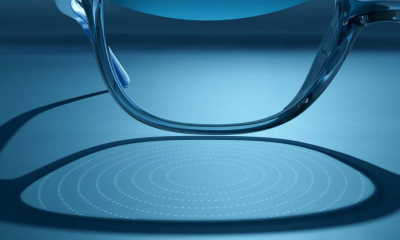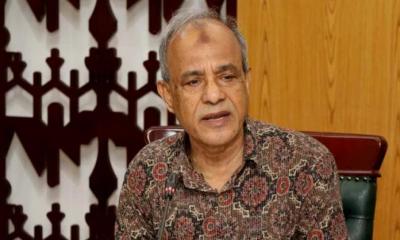Scientists grew a tiny human brain in a lab through the use of induced “pluripotent” stem cells. The organ has developed basic eye structures that can send signals to the brain and sense light, a new report revealed.
Published in the Cell Stem Cell journal under Science Direct, the research involved growing human-driven brain organoids in two-bilaterally symmetrical optic cups in a lab to help scientists better understand the process of eye differentiation and development and to study the effects of drugs and diseases on the brain.
The optic cups appeared functional, containing a diverse range of retinal cell types.
“Our work highlights the remarkable ability of brain organoids to generate primitive sensory structures that are light sensitive and harbour cell types similar to those found in the body,” said neuroscientist at Germany’s University Hospital Düsseldorf and senior author of the study Jay Gopalakrishnan.
“These organoids can help
to study brain-eye interactions during embryo development, model congenital retinal disorders, and generate patient-specific retinal cell types for personalized drug testing and transplantation therapies,” he added.The stem cell that was used came from four donors. The research team then made 314 brain organoids in 16 batches, as part of the trial, and found that 72% of them had developed optic cups.
It took 30 days for the structures to appear and 50 days for them to mature, which the scientists said was a similar timeframe to when human embryos develop retinas.
“In the mammalian brain, nerve fibers of retinal ganglion cells reach out to connect with their brain targets, an aspect that has never before been shown in an in vitro system,” said Gopalakrishnan.




-20251216092417.webp)








-20251220073333.jpeg)




-20251219122251.jpeg)















-20251218165258.jpeg)
-20251216090625.jpeg)


-20251216054240.jpeg)
